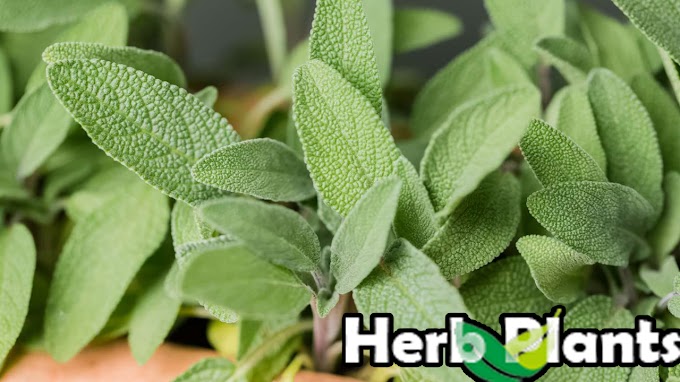Hey there, green thumbs and nature enthusiasts! Today, we're diving into the wonderful and mysterious world of the Bindii plant. You might have encountered this pesky little fellow during your walks barefoot in the park, but there's more to it than just a sharp sting on your feet. Join me on this exciting botanical journey as we explore the fascinating features, hidden secrets, and even some practical uses of the Bindii plant!
What is the Bindii Plant?
The Bindii plant, scientifically known as Soliva sessilis, is a small, low-growing annual herbaceous weed that belongs to the daisy family (Asteraceae). This unassuming plant is native to South America but has managed to spread its wings far and wide, making itself at home in various parts of the world.
Identifying the Bindii Plant
Spotting a Bindii plant is like playing a botanical detective game! The plant's leaves are fern-like, forming a rosette close to the ground, often reaching only a few inches in height. But don't let its size fool you; this tiny plant packs a punch. It produces small, inconspicuous flowers with a yellowish hue that might escape your attention unless you take a closer look.
The Dreaded Bindii Prickles
Now, let's address the elephant—or rather, the prickle—in the room. Bindii plants are notorious for their sharp, needle-like prickles, which are the main reason they are often considered a nuisance. These prickles, technically known as "achenes," are what cause that painful stinging sensation when you unknowingly step on them barefoot.
Lifecycle of the Bindii Plant
Understanding the lifecycle of the Bindii plant can help you tackle it effectively. It typically starts as a seed, which remains dormant during dry periods and germinates when the soil conditions are just right. The Bindii plant grows and develops during autumn and winter, thriving in open areas with minimal competition.
The Silver Lining: Beneficial Uses
Surprisingly, the Bindii plant isn't all bad news! While it may be a pest for your feet, it offers some ecological benefits. As an annual plant, it plays a role in soil stabilization and nutrient cycling. Additionally, it serves as a host plant for certain beneficial insects, making it a part of the ecosystem's delicate web.
Managing Bindii Infestations
If you're fed up with the prickly surprise every time you walk across the lawn, don't worry! There are some effective ways to manage Bindii infestations without resorting to harsh chemicals. Regular mowing can prevent the plants from flowering and setting seeds. Hand-pulling is also an option, especially for small infestations. Remember to wear gloves to avoid those pesky prickles.
Herbal and Medicinal Uses
Believe it or not, some cultures have harnessed the potential of the Bindii plant for medicinal purposes. In traditional medicine, Bindii extracts have been used as a diuretic, helping to increase urine production and alleviate water retention. However, always consult a healthcare professional before experimenting with any herbal remedies.
Culinary Adventures with Bindii
Yes, you read that right! In certain regions, the Bindii plant has found its way into culinary practices. The tender leaves of young Bindii plants are said to have a slightly nutty and herbaceous flavor, making them a unique addition to salads and other dishes. However, make sure you know what you're doing and have expert guidance before trying them out.
Fun Facts about Bindii
- Edible Seeds: The seeds of the Bindii plant are edible and have a crunchy texture. Some adventurous foodies have even used them as a garnish!
- Name Game: The word "Bindii" is said to have originated from an Indigenous Australian language, where it referred to the plant's prickles. It certainly lives up to its name!
- Globetrotter: The Bindii plant has become an invasive species in various parts of the world, including Australia, Europe, and North America.
Though the Bindii plant might not be the most welcome guest in our gardens or parks, it does have its own charm and ecological importance. From its tiny yellow flowers to its notorious prickles, there's more to this unassuming plant than meets the eye.
Next time you encounter a Bindii plant, take a moment to appreciate its resilience and unique characteristics. And of course, wear appropriate footwear! Remember, there's a lot to learn from even the tiniest of nature's creations.
Now, I'd love to hear from you! Have you encountered the Bindii plant in your area? How do you deal with it? Share your experiences and thoughts in the comments section below.




0 Comments